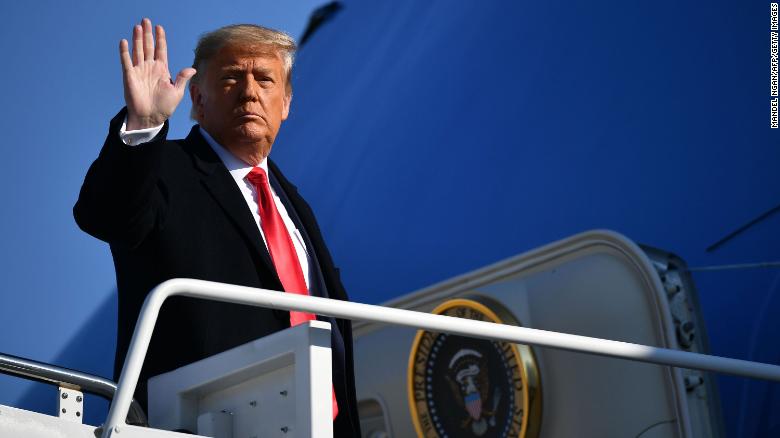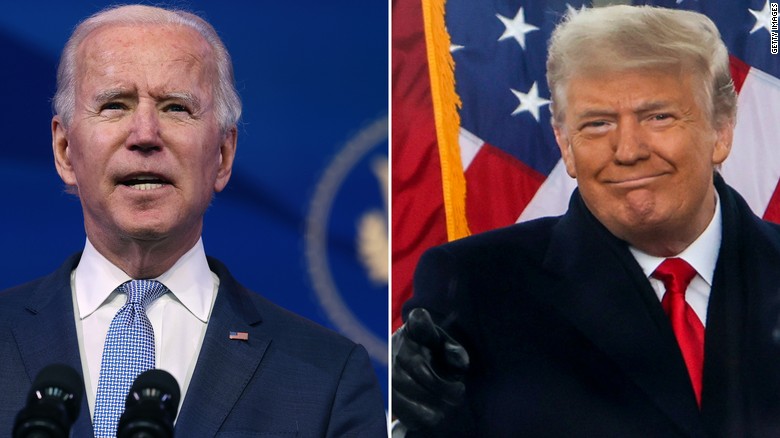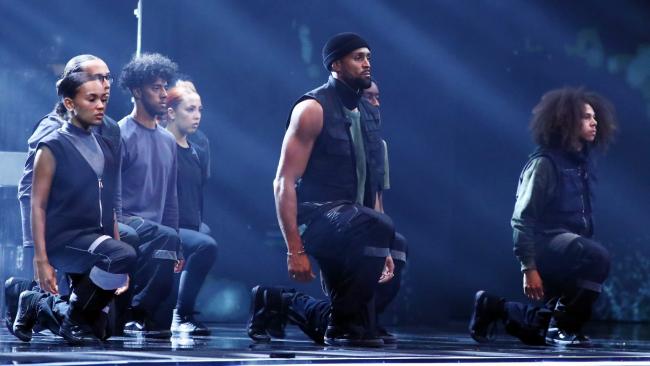Conspiracy theories have devastating impact on Canadian-founded Dominion Voting firm and its employees: CEO
When John Poulos and his co-founder launched a voting-machine company 18 years ago in Toronto, they named it after a long-forgotten piece of Canadian legislation – the Dominion Elections Act of 1920.

© Provided by National Post Dominion Voting Systems John Poulos:
The law expanded women’s right to vote and established a new, independent federal system for overseeing elections.
“We liked that, it resonated with our mission,” said Poulos in an interview with the National Post on Monday, noting that Dominion Voting Systems originally just strived to help blind people cast their ballots privately.
The law expanded women’s right to vote and established a new, independent federal system for overseeing elections.
“We liked that, it resonated with our mission,” said Poulos in an interview with the National Post on Monday, noting that Dominion Voting Systems originally just strived to help blind people cast their ballots privately.
But nearly two decades later, even the company’s seemingly innocuous name is cause for suspicion among fans of President Donald Trump, as Dominion suffers the fallout from a barrage of baseless conspiracy theories about its role in the U.S. election.
It’s not over yet. With Trump’s Democratic opponent, Joe Biden, to be inaugurated as U.S. president Wednesday, Poulos says the firm risks a “devastating” loss of business while its employees still weather threats, stalking and other abuse.
“There are websites that have now been linked to Iran that call for the death of various election officials and our employees,” he said. “We have some employees that have still not returned home, because there are (threatening) people who drive in front of their home every day.”
“They’re in hiding,” said the Dominion CEO. “We’ve spent hundreds of thousands of dollars on security … to help us get through this, to provide safety for our employees.”
And the intimidation of his 300 or so employees has not stopped at the border, said Poulos.
It’s not over yet. With Trump’s Democratic opponent, Joe Biden, to be inaugurated as U.S. president Wednesday, Poulos says the firm risks a “devastating” loss of business while its employees still weather threats, stalking and other abuse.
“There are websites that have now been linked to Iran that call for the death of various election officials and our employees,” he said. “We have some employees that have still not returned home, because there are (threatening) people who drive in front of their home every day.”
“They’re in hiding,” said the Dominion CEO. “We’ve spent hundreds of thousands of dollars on security … to help us get through this, to provide safety for our employees.”
And the intimidation of his 300 or so employees has not stopped at the border, said Poulos.
How a Canadian-founded firm became the focus of latest U.S. rigged-election conspiracy theory
Even those in the company’s Toronto office have been “harassed at their place of business, harassed at home … threatened over telephone, by text and by email.”
Dominion responded last week by filing a $1.3-billion libel lawsuit against Sidney Powell, the Trump lawyer who has led the charge in spreading unsubstantiated claims about the firm.
And on Monday, Mike Lindell, My Pillow CEO and a confidante of the president, was added to the list of Trump loyalists and media allies put on notice of possible future legal action.
The charges against Dominion have been debunked by numerous media fact-checkers, dismissed by judges and elections administrators in both Republican and Democrat-run battleground states, and deemed unfounded even by the Trump administration’s own cyber-security czar, before Christopher Krebs was fired by the president. Attorney General William Barr, one of the president’s most loyal cabinet secretaries, also said there was no evidence of widespread election fraud. His resignation was accepted by Trump shortly after.
But the constant drumbeat about a stolen election has triggered a crisis of sorts in American democracy, with rioters storming the U.S. Capitol building and 75 per cent of Republicans, according to a recent CNN poll, saying they had little faith in the electoral system.
For Dominion, which years ago expanded into providing a range of voting and vote-tabulation machines, it’s been a more practical calamity.

© John Bazemore/AP, File
An example of the Dominion Voting Systems machines used in Georgia.
The firm has contracts with 1,200 counties in 28 states. Poulos fears a “massive” impact on his business, with some states already talking about legislation barring the firm from their jurisdictions, Poulos said.
“Frankly, there is no amount of money that’s going to fix this problem for us, because our name will always have this against it.”
The compensation demanded by the company in the Powell suit is huge, but a key aim of the litigation is to get to the bottom of why Dominion was targeted for the disinformation campaign in the first place, says Poulos.
The allegations originated with followers of the QAnon conspiracy theory, which imagines a vast cabal of Democratic politicians and other liberals who kidnap, rape and cannibalize children, then was repeated and amplified by conservative news organizations. Finally the allegations, still lacking any real evidence, were embraced by the president, his legal team and other followers.
The firm has contracts with 1,200 counties in 28 states. Poulos fears a “massive” impact on his business, with some states already talking about legislation barring the firm from their jurisdictions, Poulos said.
“Frankly, there is no amount of money that’s going to fix this problem for us, because our name will always have this against it.”
The compensation demanded by the company in the Powell suit is huge, but a key aim of the litigation is to get to the bottom of why Dominion was targeted for the disinformation campaign in the first place, says Poulos.
The allegations originated with followers of the QAnon conspiracy theory, which imagines a vast cabal of Democratic politicians and other liberals who kidnap, rape and cannibalize children, then was repeated and amplified by conservative news organizations. Finally the allegations, still lacking any real evidence, were embraced by the president, his legal team and other followers.
Central to the theory is that Dominion’s machines somehow flipped millions of votes from Trump to Biden. And among a stew of other theories was that the company was founded in or had close ties to the regime of the late Hugo Chavez in Venezuela, and that his successor, Nicolas Maduro, was anxious to tilt the election against Trump.
Dominion has no ties to Venezuela. By 2010, most of Dominion’s clients were in the U.S., and it moved its head office from Toronto to Denver; by 2017, 90 per cent of its customers were American and Poulos sold a majority stake to a New York private equity firm.
But ironically, it’s chief rival — Nebraska-based Election Systems and Software — does have a history of working in the South American country, and was embroiled in a controversy over Venezuela’s 2000 election. It was replaced as a voting-machine vendor there by another Dominon competitor, Smartmatic. ES&S is number one in the American voting-technology market, Dominion number two.
“They conflated a bunch of things about other companies and made it about us,” said Poulos. “I have no idea what the motivations were.”
Then there is that one about the company name. On social media, Trump supporters unfamiliar with Canadian history theorize that it refers to holding dominion over voters, said the CEO, who was asked about the name by a suspicious state senator at a recent hearing in Michigan .
Even one of the industry’s most steadfast critics sees nothing but fiction in the allegations leveled against the former Canadian company.
Aleks Essex, a Western University computer science professor and election integrity expert, believes all the main vendors of election technology should do more to secure their systems, but says he has seen zero evidence to support the Dominion charges.
Regardless, the back-up paper ballots used in the systems provide a fail-safe way of validating the machine tabulation — in case there was some issue with the computer software.
“All the risk-limiting audits, all of the recounts, have not shown any significant divergence,” said Essex. “If the election integrity community thought there was anything here, we would be right on board … What I am seeing is an intentional assault on the integrity of the democratic system.”





















